Modern Art History Quiz 1
1/12
There's no tags or description
Looks like no tags are added yet.
Name | Mastery | Learn | Test | Matching | Spaced |
|---|
No study sessions yet.
13 Terms
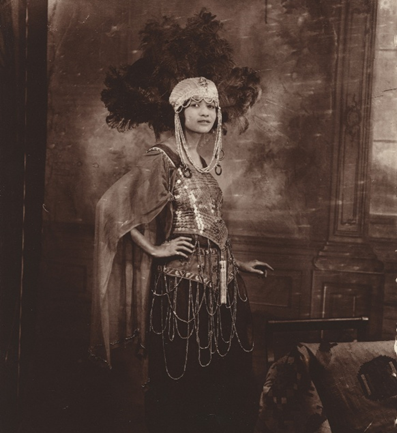
James Van der Zee
Dancer
photograph, 1925
Documenting Black life in Harlem
Subject’s liked how James Van der Zee depicted them
The photos are “better than life”
Retouched
Studio photography
Expensive, luxurious clothing
Stately pose
Creates a dream of “what life was like”
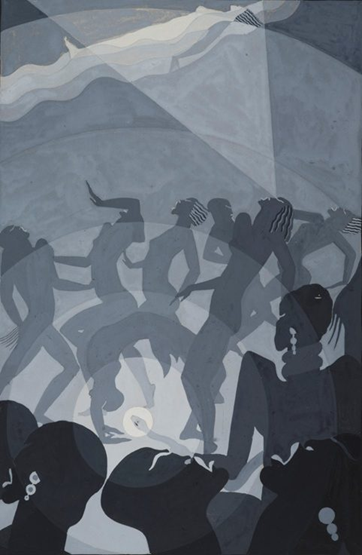
Aaron Douglas
Congo
1928
Imaginging his life in Congo
A “call and reponse” with Africa
He doesn’t know his African ancestry
This is an imagined version of it
References the importance of ancestors (singing and dancing calls to them)
Reverberation of sound (concentric circles)
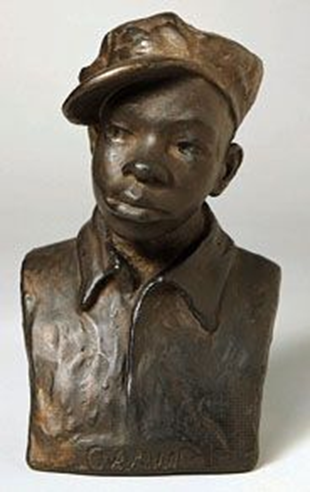
Augusta Savage
Gamin
1929
Depicts the reality of Black street life
Cap worn by newspaper boys + other working youth
Kids working for their keep
Her nephew modelled for this
Moved to live w/ her in Harlem after a hurricane
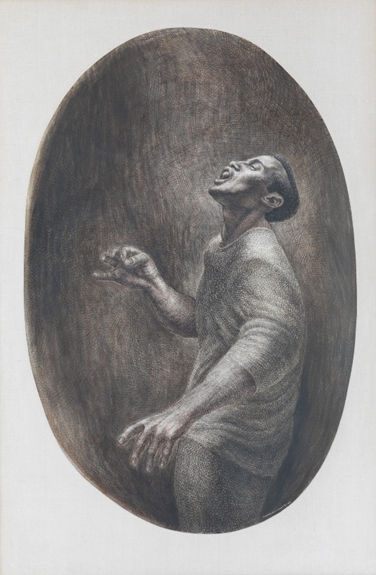
Charles White
Folksinger (Voice of Jericho: Portrait of Harry Belafonte)
1957
Artist involved in Black liberation
Images of African power and dignity
Dynamic strokes show movement + rhythmn
Highlighting Black art + physical act of singing
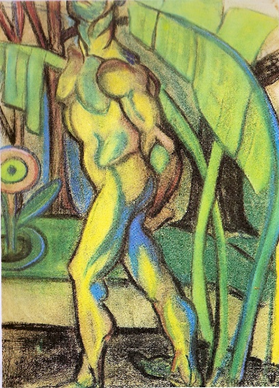
Anita Malfatti
The Man of Seven Colors
1916
Constructing an “ideal body” to represent Brazil
Depicts Brazil’s natural resources
Purpose: Constructing a “national identity” for Brazil
W/ bright and earthy colors (like the rainforest)
Using the “essence of Brazil” to create her work
Ambigious body could suggest idealism for a multi-race society in Brazil
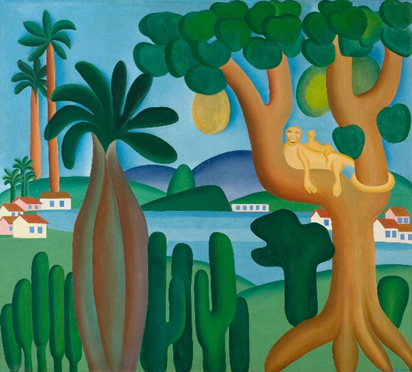
Tarsila do Amaral
Postcard
1929
Modern art isn’t just about depicting humans / animals in an industrial setting
Believes this is important to being a modern painter in Brazil
Taking the Brazil terrain into account
References to naivete in art
The simplified style doesn’t require you to understand European art.
Purpose: Makes it feel more original to Brazil
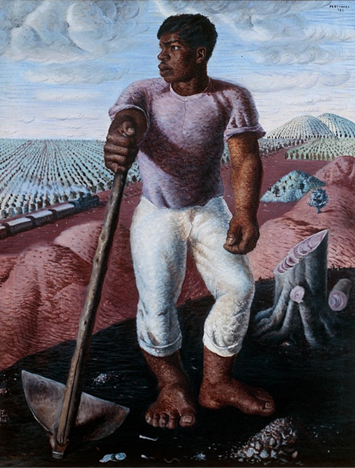
Candido Portinari
Coffee Farm Worker
1934
Artist grew up on coffee plantation
Coffee is a big Brazilian export (important to Brazilian identity)
Never-ending fields emphsize importance
Englarged extremities go against European art conventions
Brazil estab. it’s own style
Artist part of the Neo-realism movement
Focuses on lower class (ex. plantation worker)
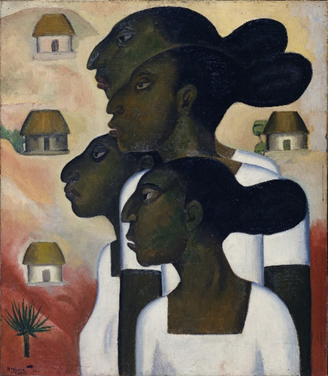
Roberto Montenegro
Maya Women
1926
Geometric edges on the neck and chest line
Very one dimensional
Reminiscent of paintings found in Mayan ruins (esp. side profile + front facing bodies)
Uses the houses as a pictogram
Doesn’t follow typical European are conventions of a landscape
(Brazil estab. style)
Similar to depict. of landscape in Mayan art
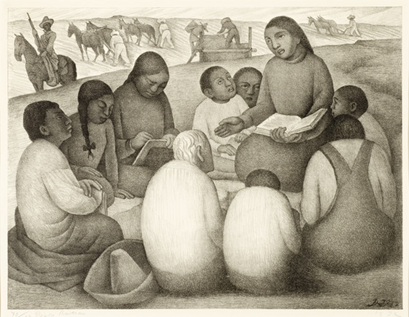
Diego Rivera
The Rural Teacher
1932
People and teacher are indigenous
Nowhere else to teach → teach outside
Man w/ rifle → show revolution is still present
“Education for all” is one of it’s achievements
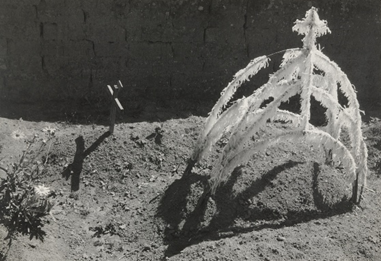
Manuel Álvarez Bravo
Tumba reciente [Fresh Grave]
1933
Quote placed w/ display → “As the generation of leaves, so is that of men.”
Reminder that death is the end of life cyle (like leaves in winter)
But the Mexican people see it differently
As a perpetual cycle of renewal
Emphasized by the dandelion weed growing from the dry direct
Symbolizing resiliance of the human spirit
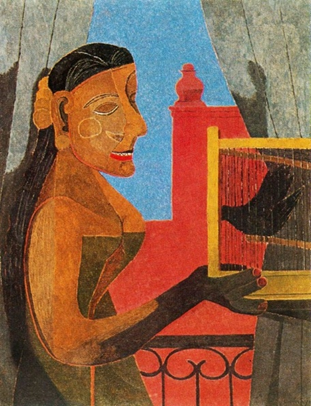
Rufino Tamayo
Woman with a Bird Cage
1941
Interesting combination of influences
Can see Cubist (Picasso) influence in the painting
Ex. Face (masklike) and chest (shelf-like)
Masklike face references the artist’s indigenous past
Taking the past + programing it into the present using the language of cubism
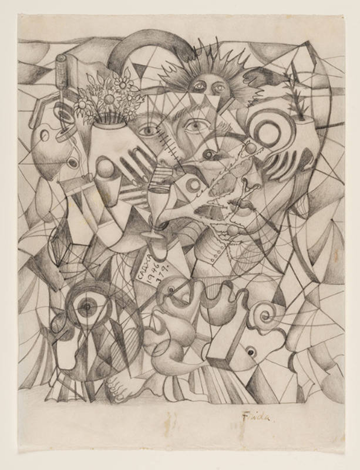
Frida Kahlo
Carma II [Karma II]
1946
Different from her usual style
Surrealist + abstract expressionist
Interconnectedness of everything via Karma
Actions + previous lives determine fate
Her body + important objects becoming nature
Unibrow = sun horizon
Plants growing from hands
Thorny trees turning into breathing tube
Feeling trapped by her surgery (bc it made her immobile for 2 months)